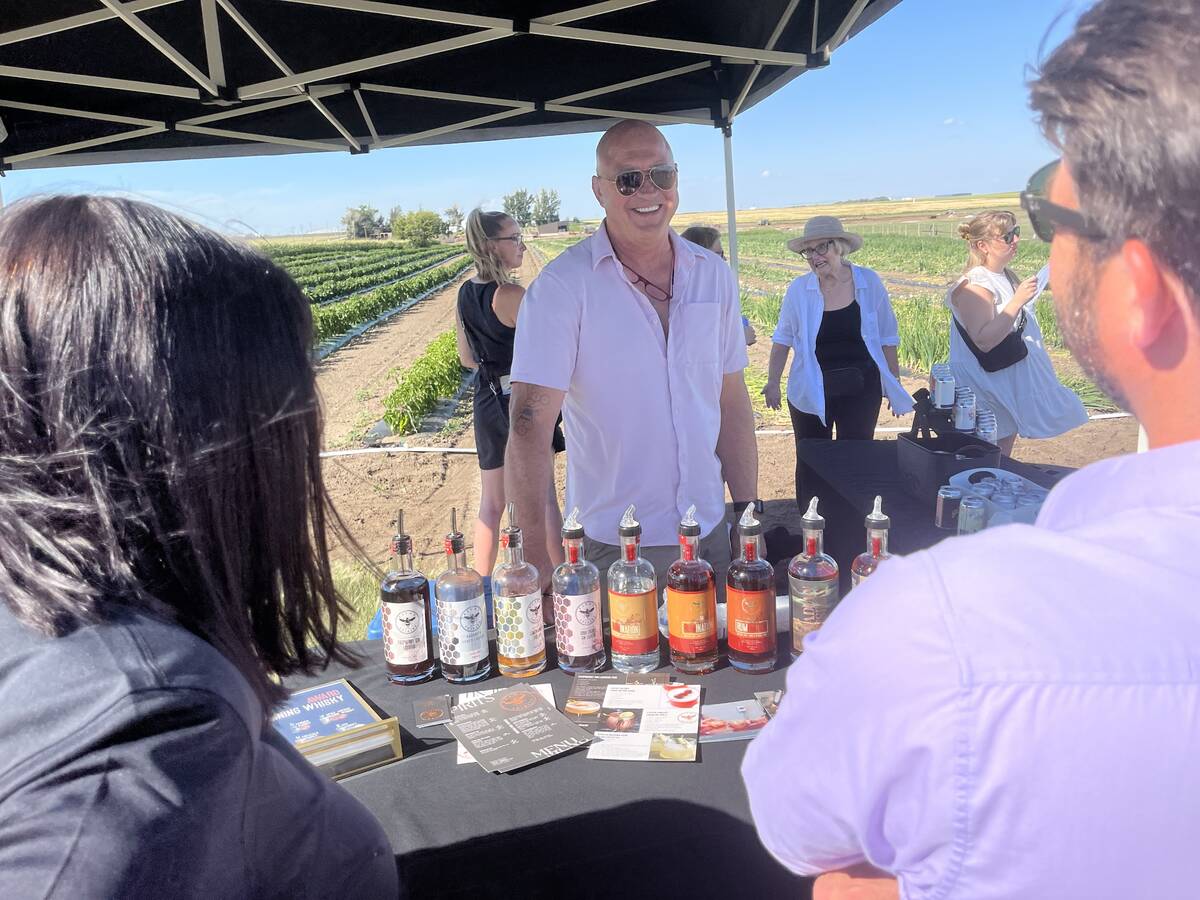Once those rails are torn out, they’re gone forever.
Northern Saskatchewan grain farmer Ron Shymanski, who spoke at the National Farmers Union’s short-line rail symposium last week, told how he and a group of farmers fought a seven-year battle to buy 45 kilometres of branch line between Choiceland and Nipawin.
Their bid to preserve rail service in their area was finally won last December.
With local rail service scheduled for abandonment in 2001, Shymanski and other farmers were faced with the burden of shipping their grain 100 km to Tisdale or Melfort by truck.
Read Also

From farmer to award-winning distiller
Pivot Spirits showcases transition from farmer to distiller with provincial award-winning results in Alberta for Lars Hirch
“Something just didn’t seem right. I had an operational elevator one mile from my farm and I’m going to haul grain 60 miles, and give them $14 to $16 a tonne to do this?” he asked. “What do you do? Do you give up or do you fight?”
The group, which Shymanski described as a “handful of farmers with no money,” succeeded in preserving their rail line through dogged determination and assistance from the Saskatchewan government.
Local government also offered support, including the energetic assistance of a local economic development officer and a rural municipality’s help getting insurance coverage through the Saskatchewan Association of Rural Municipalities for $10 per car.
Shymanski said maintaining unity was a constant struggle during negotiations but the group held together through dogged determination.
In 2003, many of the farmers involved held back all the wheat they had harvested in the fall until the following April so it could be shipped on producer cars.
“That’s the dedication that you need to make this work,” he said.
Eventually, they were able to buy the White Fox subdivision for net salvage value, which is the value of the rolling stock, spikes and plates as scrap.
After a request for additional support from the local RM was denied, the group was able to secure funding from the local credit union, which offered loans of up to $10,000 at prime to anyone who wished to join the venture.
“We ended up with $396,000 pledge to purchase the line,” Shymanski said.
Last March the railway granted an extension for the purchase deal, provided the group put down a substantial deposit.
It then formed a limited liability company with 50 shareholders, finalized the purchase later that year and recently bought a locomotive.
Now, with diamond fever breaking out in northern Saskatchewan, opportunities for shipping in support of a potentially huge mine development upstream from their short line may be in the works, he said.
“The opportunities are endless. If you have that rail, then you are connected to North America. If you don’t, you’re just sitting there on an island.”
He said many smaller branch lines could be bought and kept operational if every landowner in RMs faced with the loss of rail service could be convinced to contribute $1 per acre.
While cow-calf producers may greet such proposals with skepticism, he added, they stand to benefit, albeit indirectly, from continued rail service in their area.
“Who can’t afford $1 an acre?” he said.














